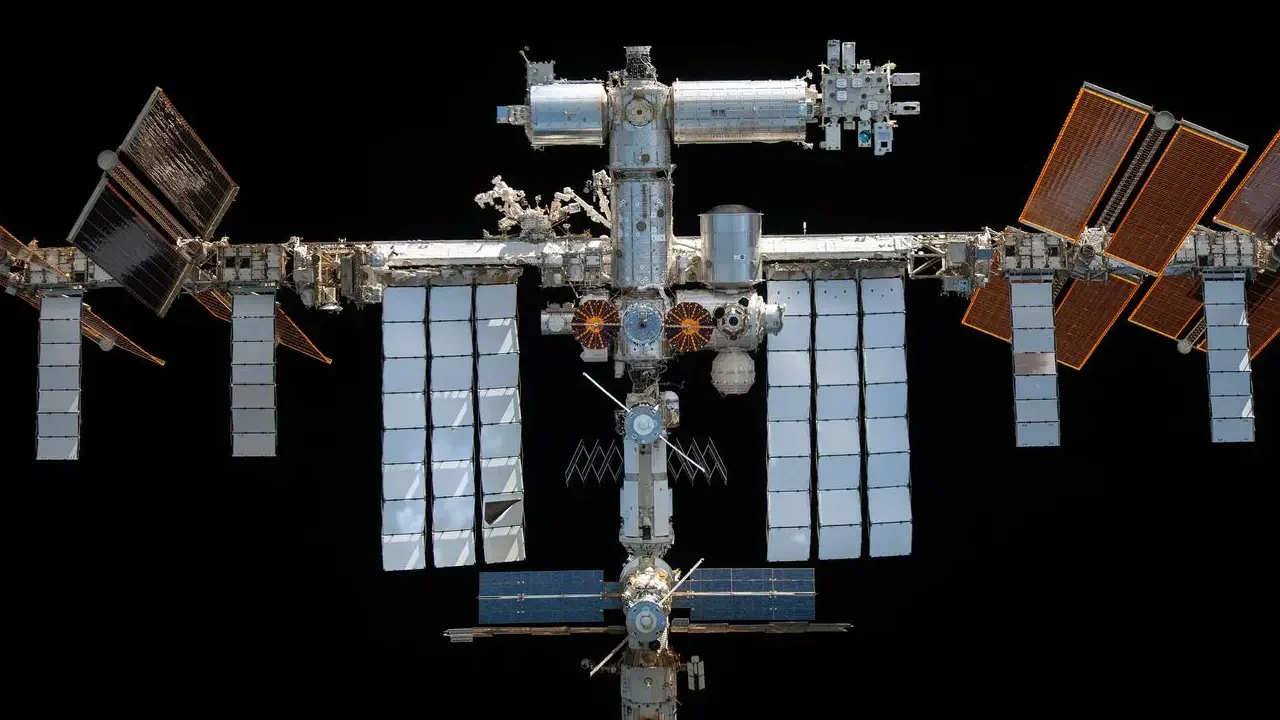| Summary |
|
NASA has confirmed plans to spend around $1 billion to safely deorbit the International Space Station (ISS) by the end of the decade, selecting SpaceX’s Dragon spacecraft to carry out the mission. The 24-year-old outpost, which has hosted astronauts from around the world since 2000, is showing signs of aging and will be guided into a controlled reentry to avoid risks from falling debris.
The plan calls for a specially modified SpaceX Dragon capsule to act as a “space tug,” attaching to the ISS in its final months and gradually lowering its orbit. Once the last astronaut crew departs, the capsule will steer the station from its current 250-mile orbit down to about 175 miles. From there, Dragon will perform a final deorbit burn to send the ISS into Earth’s atmosphere at roughly 17,000 miles per hour.
Most of the 450-ton structure will burn up and disintegrate during reentry. The remaining fragments, estimated between 40 and 100 tons, will fall into a remote area of the South Pacific Ocean known as Point Nemo, the farthest location on Earth from human settlement. This site has long been used as a “spacecraft cemetery” for satellites and cargo vehicles to minimize risk to people and property.
NASA officials emphasized that the operation will be carried out only after all vital equipment and modules are removed. The timeline projects the ISS’s gradual orbital lowering to begin in 2029, with final reentry planned for 2030.
The ISS has been central to international cooperation and space research for nearly a quarter of a century. More than 270 astronauts from 20 countries have visited the orbiting laboratory, conducting thousands of experiments in medicine, physics, and Earth science. But the structure has faced increasing technical challenges, including air leaks, hardware wear, and rising costs of upkeep.
NASA and its partners, including Roscosmos, the European Space Agency (ESA), and JAXA, agreed that retiring the station is necessary before failures create safety risks. The agency is now shifting focus to supporting commercial space stations, with private companies expected to build and operate the next generation of orbital labs in the 2030s.
By choosing SpaceX for the deorbit mission, NASA is relying on a partner with a proven track record in cargo and crew transport to the ISS. The decision underscores both the end of an era in spaceflight and the beginning of a new phase where private companies will take on a larger role in low-Earth orbit.

